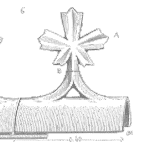FMEA Q and A
Can you take into account reliability or durability functions in an FMEA? How can this be done? A reader asks this question, and it is discussed and answered in this FMEA Q and A article.
“A prudent question is one-half of wisdom.”
Francis Bacon












